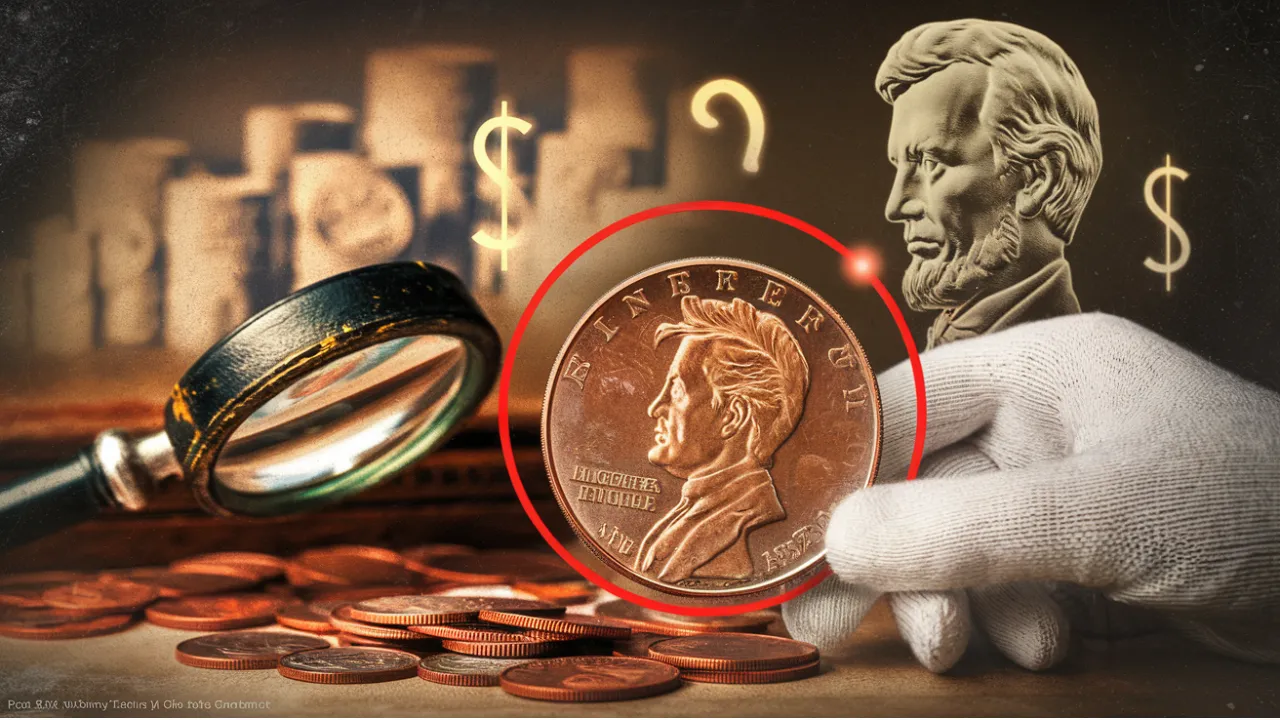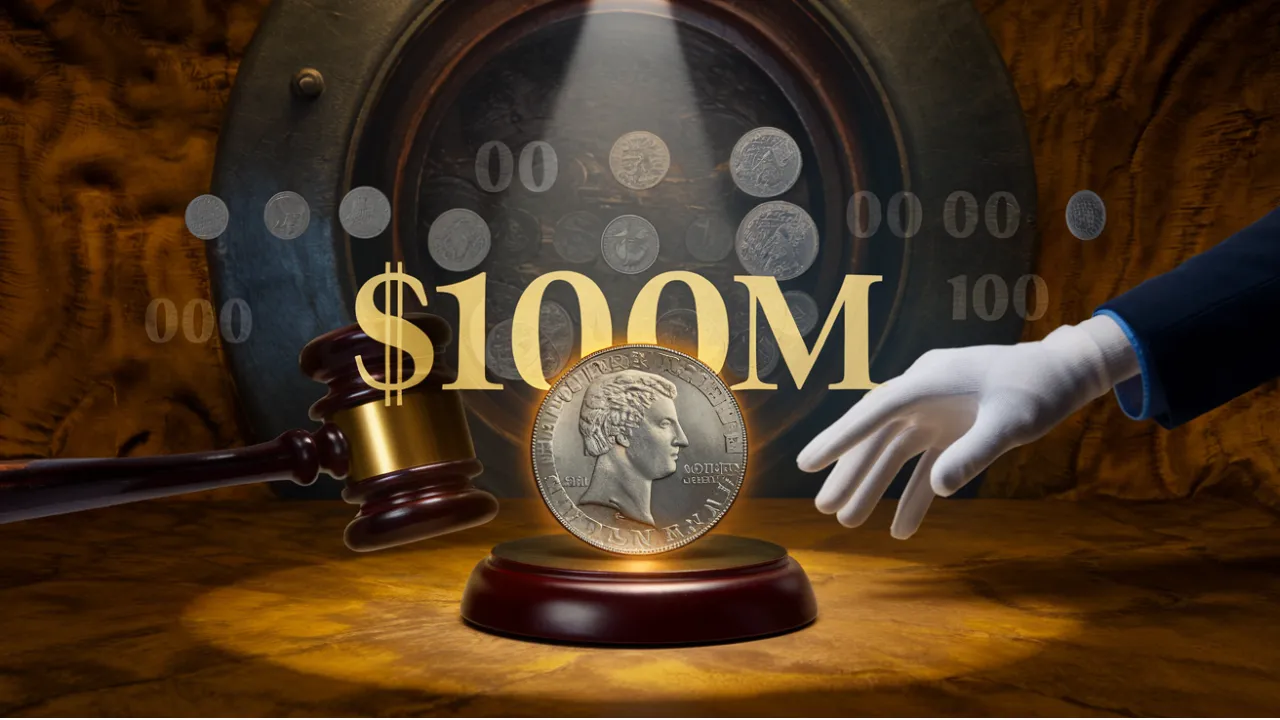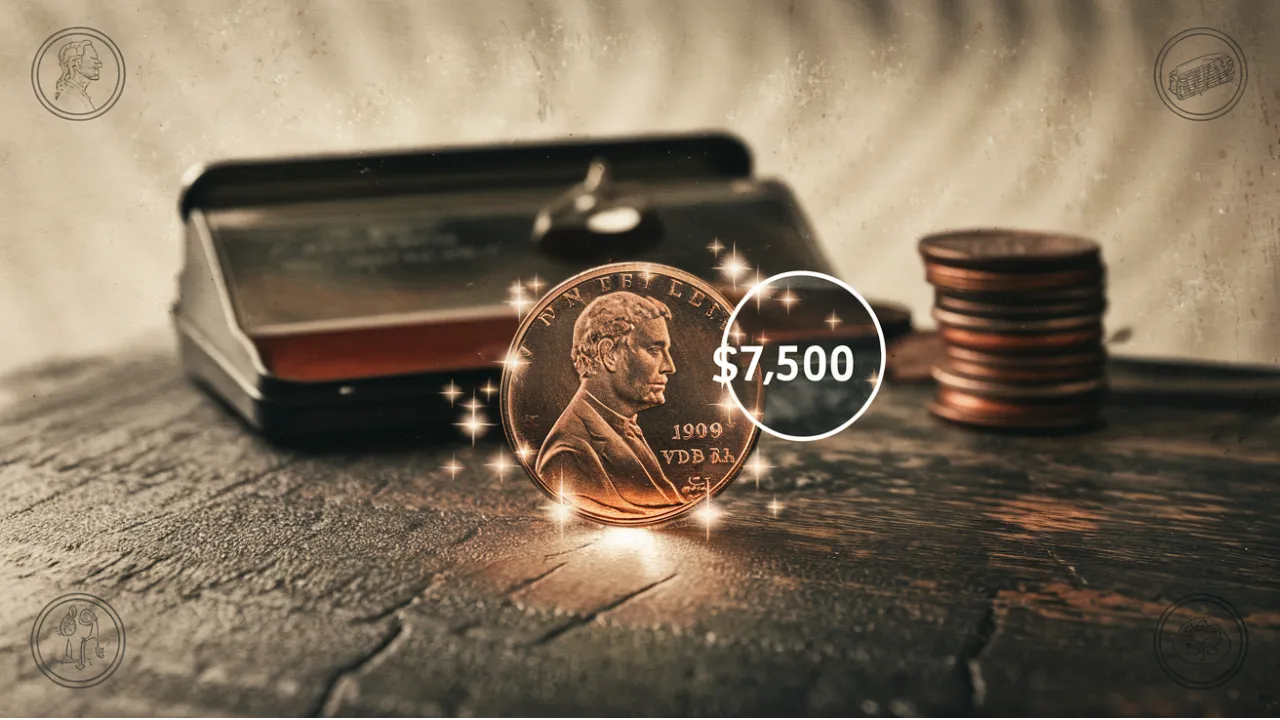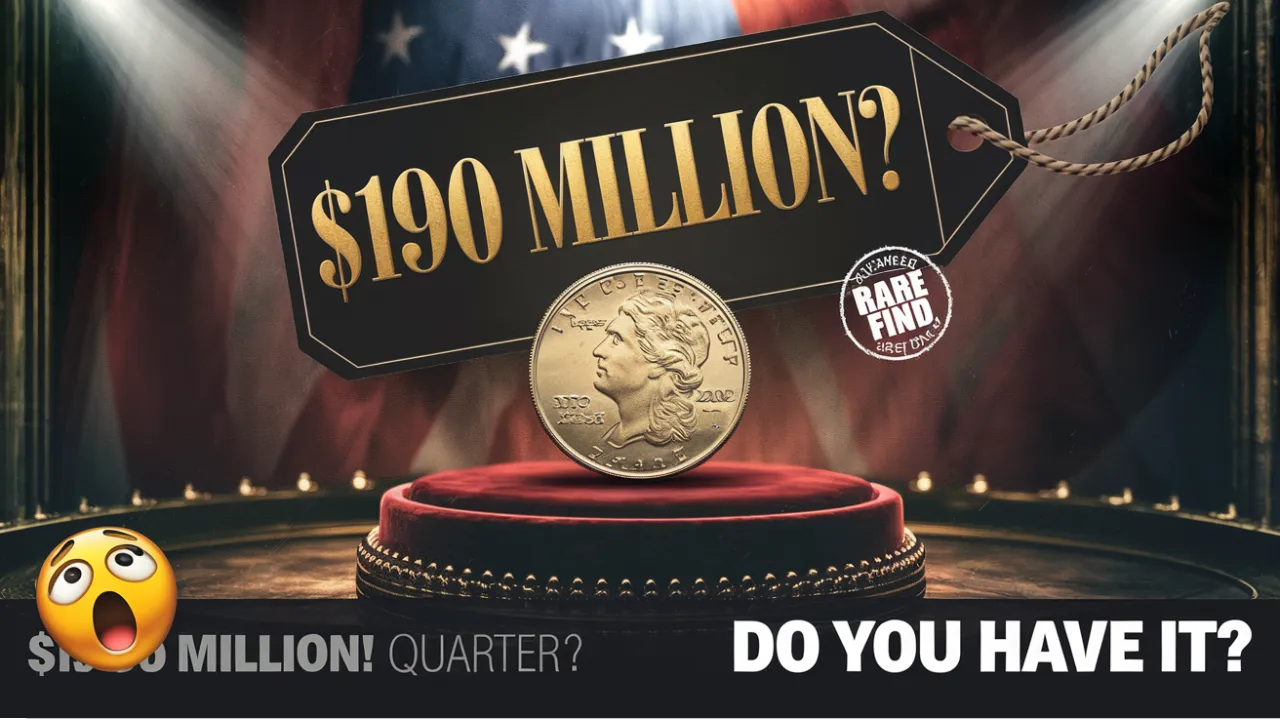The Lincoln Wheat Penny: The Lincoln wheat penny is a legendary coin that continues to capture the imagination of collectors worldwide. Minted between 1909 and 1958, this humble copper coin holds a special place in American history. Some rare versions of this penny are worth staggering amounts, with the most sought-after variations reportedly valued as high as $250 million. But could one of these valuable coins still be hidden in everyday circulation?
This article explores the origins, design, historical significance, and rare variants of the Lincoln wheat penny. You’ll also discover what makes certain pennies so valuable and whether there’s a chance that the $250 million coin might still be found in circulation.
Overview Table: Key Facts About the Lincoln Wheat Penny
| Feature | Details |
| Minting Years | 1909 to 1958 |
| Designer | Victor David Brenner |
| Material | Copper (except for steel pennies in 1943) |
| Notable Rare Dates | 1909-S VDB, 1914-D, 1922 No D, 1943 copper |
| Historical Significance | First U.S. coin with a real person’s portrait |
| Top Valuation | Up to $250 million (speculated for rare variants) |
| Collectibility | Highly sought after by collectors worldwide |
The Origin of the Lincoln Wheat Penny
The story of the Lincoln wheat penny began in 1909, marking the 100th anniversary of Abraham Lincoln’s birth. At the time, President Theodore Roosevelt sought to modernize U.S. coin designs and commissioned sculptor Victor David Brenner to create a new one-cent coin. Brenner’s design was revolutionary because it was the first time a real person appeared on American currency, replacing the traditional allegorical figures that had dominated previous designs.
The front (obverse) of the penny features a detailed profile of Lincoln, accompanied by the word “LIBERTY” and the year of minting. On the back (reverse), two wheat stalks frame the words “ONE CENT” and “UNITED STATES OF AMERICA,” symbolizing the nation’s agricultural strength. The design was both simple and elegant, quickly becoming one of the most recognizable coins in U.S. history.
Why the Lincoln Wheat Penny Is Historically Significant
The Lincoln wheat penny represents more than just currency—it reflects key moments in American history. When the penny was first introduced, it marked a shift in the way the U.S. honored its leaders, with Lincoln becoming the first real person to appear on a coin. This change helped foster a sense of national identity, celebrating Lincoln’s role in preserving the Union during the Civil War.
The coin’s design also reflects America’s agricultural heritage, with the wheat stalks symbolizing the nation’s farming roots. During its nearly 50 years of circulation, the penny witnessed major historical events, including World War I, the Great Depression, and World War II. Each coin minted during these periods carries a piece of that history, making the Lincoln wheat penny a valuable artifact as well as a collector’s item.
The 1943 Steel Penny: A Wartime Necessity
One of the most famous variations of the Lincoln wheat penny is the 1943 steel penny. During World War II, copper was needed for military equipment, so the U.S. Mint temporarily switched to steel-coated zinc for pennies. These steel pennies had a distinct silver-gray appearance and were produced at the Philadelphia, Denver, and San Francisco mints.
However, a few 1943 pennies were mistakenly struck using copper blanks from the previous year. These error coins are incredibly rare and highly valuable, often selling for hundreds of thousands of dollars. In pristine condition, a 1943 copper penny can fetch over a million dollars at auction, making it one of the most sought-after coins in the series.
Rare and Valuable Lincoln Wheat Pennies
While most Lincoln wheat pennies are worth only a few cents, certain rare dates and error coins can command impressive prices:
- 1909-S VDB: Featuring Brenner’s initials (VDB) on the reverse, this coin is highly sought after due to its limited mintage.
- 1914-D: With only 1.2 million minted, this penny is a rare find, especially in good condition.
- 1922 No D: A minting error resulted in some pennies being struck without the “D” mint mark, making them highly valuable.
- 1943 Copper Penny: The accidental copper pennies from 1943 are among the rarest coins in U.S. history, with only a handful known to exist.
Of these rare coins, the 1943 copper penny is often associated with the legendary $250 million valuation. While no single penny has sold for that amount, the coin’s extreme rarity and historical significance make it one of the most desirable coins for collectors worldwide.
Can the $250 Million Lincoln Wheat Penny Still Be Found in Circulation?
The idea that a $250 million Lincoln wheat penny could still be found in everyday circulation is a thrilling thought for coin enthusiasts. Although most rare pennies have been discovered and are now held in private collections or museums, there is still a small chance that an undiscovered coin could be out there.
Wheat pennies occasionally turn up in circulation because people unknowingly spend them as regular pennies. While the odds of finding a 1943 copper penny or another rare variation are incredibly low, stories of lucky discoveries continue to inspire collectors to keep searching. After all, the excitement of coin collecting lies in the possibility of stumbling upon a hidden treasure.
How Collectors Preserve and Grade Lincoln Wheat Pennies
Preserving the condition of a Lincoln wheat penny is crucial for maintaining its value. Collectors typically store their coins in protective holders or albums to prevent damage from moisture, air, and handling. Proper storage helps prevent oxidation, which can tarnish copper coins and reduce their value.
Professional grading services like PCGS (Professional Coin Grading Service) and NGC (Numismatic Guaranty Corporation) assess a coin’s condition and authenticity. Coins are graded on a scale from Poor (P-1) to Perfect Mint State (MS-70). Higher-grade coins, especially those with rare dates or errors, can fetch significantly higher prices. Collectors seeking to sell their coins should consider having them graded to maximize their value.
Why Lincoln Wheat Pennies Are Popular Among Collectors
Collectors are drawn to Lincoln wheat pennies for several reasons:
- Historical Value: The coin commemorates Abraham Lincoln, one of America’s most revered presidents.
- Design Appeal: The classic design is simple yet elegant, making it a timeless collectible.
- Investment Potential: Rare pennies can be valuable investments, with prices often appreciating over time.
- Accessibility: Even beginners can start collecting wheat pennies, as many common dates are affordable.
Whether you’re a casual collector or a dedicated numismatist, the Lincoln wheat penny offers a fascinating glimpse into American history and culture.
FAQs About the Lincoln Wheat Penny
1. What is the rarest Lincoln wheat penny?
The rarest is the 1943 copper penny, which was mistakenly struck during World War II. Only a few are known to exist, making them incredibly valuable.
2. How can I tell if my Lincoln wheat penny is valuable?
Check the date and mint mark. Rare dates like 1909-S VDB, 1914-D, and 1922 No D are highly valuable. Also, look for error coins, such as the 1943 copper penny.
3. Are Lincoln wheat pennies still in circulation?
While rare, wheat pennies occasionally show up in circulation, especially in older coin collections. Finding a valuable one, however, is extremely unlikely.
4. How should I store my Lincoln wheat pennies?
Store them in protective holders or coin albums to prevent damage. Avoid touching the surface of the coins, as oils from your skin can cause tarnishing.
5. Why are some Lincoln wheat pennies so expensive?
Coins with low mintages, minting errors, or excellent condition are rare and highly sought after by collectors, driving up their value.
Final Thoughts
The Lincoln wheat penny is more than just a coin—it’s a symbol of American history, culture, and craftsmanship. With its iconic design and fascinating variations, it continues to captivate collectors of all ages. While the chances of finding a $250 million penny in circulation are slim, the thrill of the hunt keeps collectors searching.
If you have a jar of old coins lying around, why not take a look? You might just discover a hidden treasure! Share your coin discoveries in the comments and explore more articles about rare coins and collectibles.







